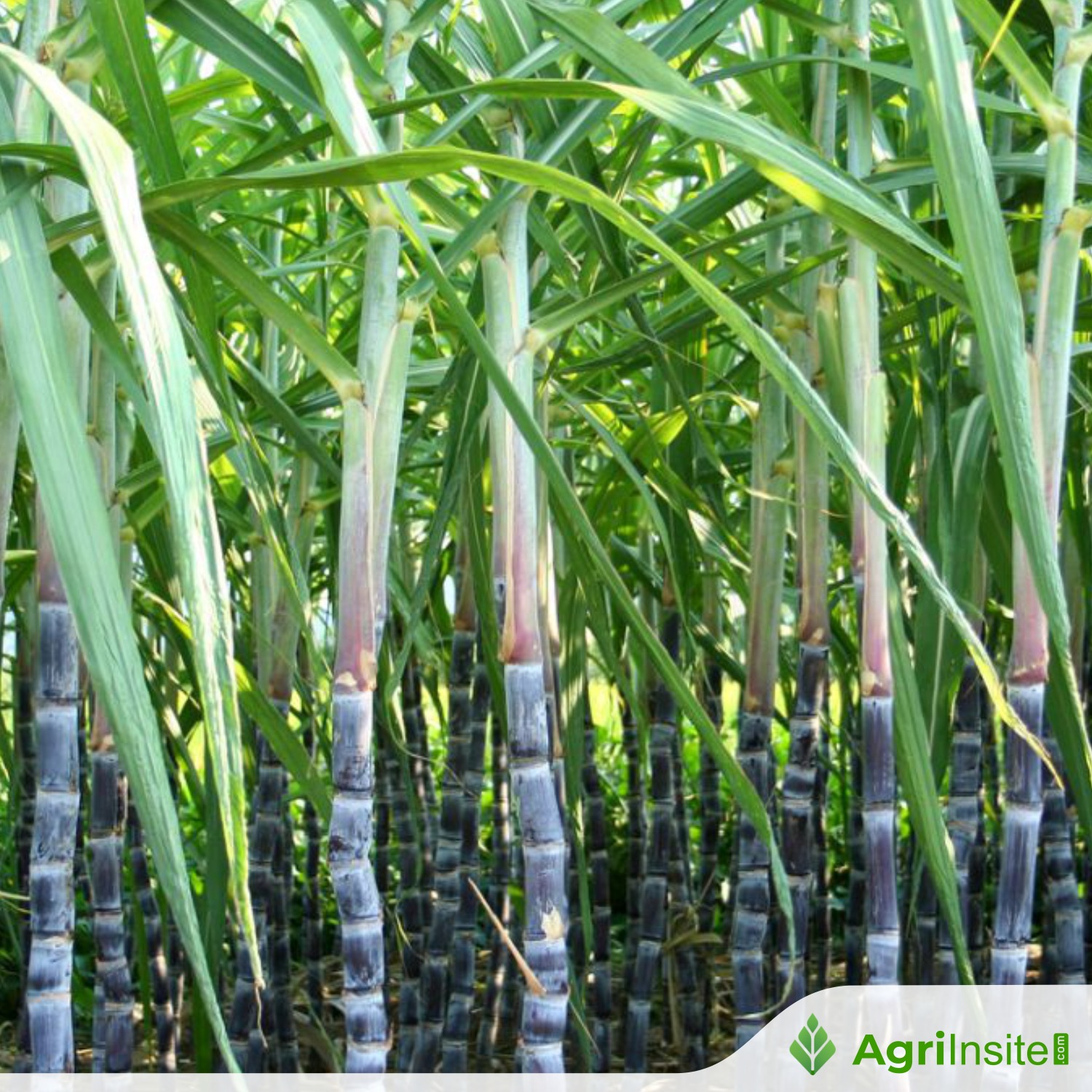SASA outlines progress and next steps for Sugarcane Master Plan

The South African sugar industry is regulated by the Sugar Act of 1978, and stakeholders recently discussed its future challenges. The Sugarcane Value Chain Master Plan to 2030 aims to stabilize and diversify the industry. Phase one increased local sales and explored bioethanol and co-generated electricity. Support for small-scale growers and black farmers is central, with R1 billion invested in the last four years. Phase two will focus on further diversification, and government support is essential for success.
Key stakeholders, industry experts, and SASA officials discussed the challenges facing the sugar industry and the measures being taken to secure its future.
The sugar industry in South Africa, regulated by the Sugar Act (No. 9 of 1978), is a critical component of the national economy. Trix Trikam, executive director of SASA, told Farmer’s Weekly: “We are a statutory body representing both sugar cane growers and sugar milling companies.”
He added that the council governing SASA comprises representatives from three member bodies: the South African Cane Growers’ Association, the South African Farmers’ Development Association, and the South African Sugar Millers’ Association.
One of the key features of the industry is its regulatory framework, which is constantly revised to adapt to changing conditions. “The Sugar Industry Agreement, a key document for the industry, was last updated in March 2024,” Trikam said.
South Africa produces around two million tons of sugar annually, exporting about 500 000t each year. Over 21% of the land under sugar cane cultivation is owned by black farmers, a significant achievement in the country’s agricultural landscape.
The Sugarcane Value Chain Master Plan to 2030
One of the central topics discussed at the meeting was the Sugarcane Value Chain Master Plan to 2030, which is designed to diversify and sustain the industry. Trikam said: “The master plan is crucial to the industry’s future. It provides a roadmap to transition from a sugar-focused industry to a diversified, sustainable sugar cane-based industry.”
Phase one of the master plan, which ended in March 2023, focused on stabilising the industry and restoring local market sales lost due to the health promotion levy.
According to Sifiso Mhlaba, SASA’s national market and trade policy director, the plan was a collaborative effort: “We couldn’t do it alone, and government understood that. We needed a collaborative approach, and this gave birth to the master plan, with industry and government working together.”
Mhlaba elaborated on the plan’s phased approach: “Phase one was all about survival. We managed to stabilise local sales, rising from 1,25 million tons to 1,55 million tons in three years.“
This increase provided the breathing space needed for the industry to explore diversification options, such as bioethanol and co-generated electricity.
Small-scale growers and transformation
A major focus of the master plan is supporting small-scale growers, many of whom face challenges related to economies of scale and distance from sugar mills.
“Small-scale growing is critical to the sustainability of the industry. These farmers often lack economies of scale and have higher transportation costs, but they are essential because their farms represent intergenerational assets,” Mhlaba said.
Significant resources have been allocated to supporting these farmers. Mhlaba noted: “In the last four years, more than R1 billion has been invested in supporting black and small-scale growers. We understand the importance of these growers not just for the industry, but for rural communities.”
Diversification and the path ahead
Diversification is at the heart of SASA’s future strategy. Sam Maphumulo, SASA’s sustainability manager, outlined the industry’s efforts to reduce its reliance on sugar alone.
“We’ve been investigating other revenue streams like renewable energy for decades. Bioethanol and co-generated electricity are areas we’re exploring to create a more diversified and resilient industry,” she said.
However, government support is needed for product diversification to become a reality for South African sugar cane farmers. Phase two of the master plan, currently in development, will continue these diversification efforts.
Mhlaba said: “We’ve laid the groundwork in phase one, but phase two will be about building on that. We’re hoping to engage with new leadership soon to finalise this phase and keep the momentum going.”
Source Link : https://www.farmersweekly.co.za/agri-news/south-africa/sasa-outlines-progress-and-next-steps-for-sugarcane-master-plan/














